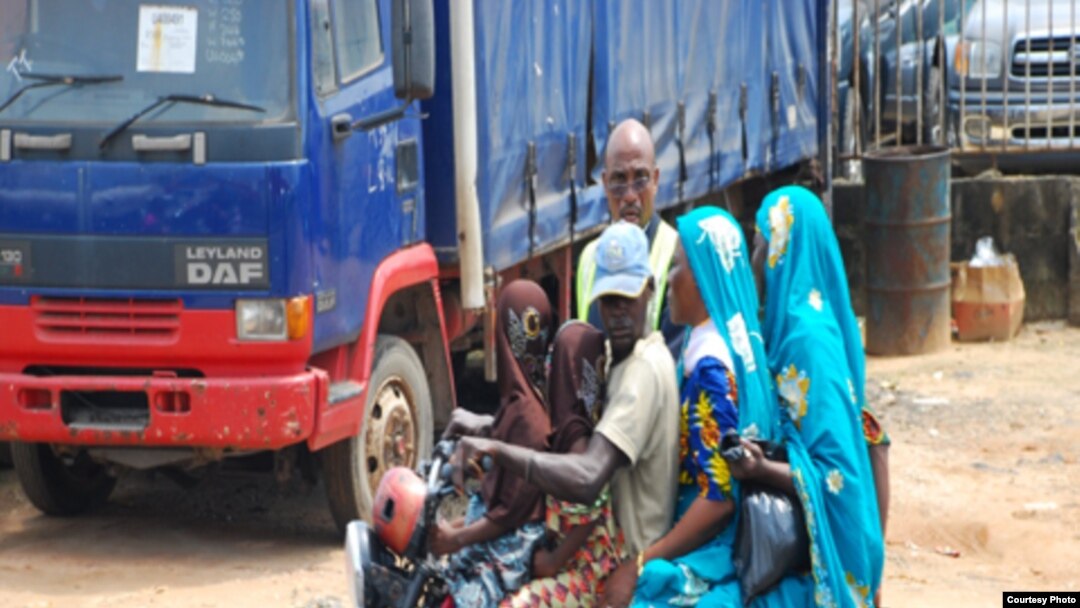More than 500 children die in traffic accidents each day and tens of thousands are injured with lifelong disabilities, according to officials from the recently UN-sponsored “Global Road Safety Week.”
“That’s an alarming statistic, and it really puts road crashes as a leading cause of death for children around the world,” said safety expert Kate Carr. She’s the CEO of Safe Kids Worldwide, a non-profit organization that works to prevent childhood deaths and injury that take place from road accidents.
She said children living in poorer nations, in the lower and middle income countries are most at risk.
“We know that 95% of the global fatalities occur among children in low and middle income countries. Part of the reason for that is a lack of the laws that we here in the United States might take for granted concerning speeding; drinking and driving; the use of car seats or even seat belts along with road infrastructure and the design of vehicles that are on the highway, including motorcycles and a lack of helmet laws,” explained Carr.
All are factors that contribute to fatalities for children traveling in vehicles or walking alongside – or in -- the road.
The UN declared May 4-10 Global Safety Week with a special focus on road safety for children. The event was also a time for countries worldwide to commit to creating policies and laws to make roads safer.
“Safe Kids is supporting a campaign called “Save Kids Lives,” and that’s the official campaign for the third UN Global Safety Week. The campaign is calling on action from policy makers to improve laws and improve roads and improve vehicles so that we can keep kids safer,” noted the Safe Kids Worldwide CEO.
The data on road crashes used by her group is collected by region rather than by country, which is very sparse.
“Africa has the highest rate of fatalities in the low income countries with a death rate of 15.6 per 100,000 people population. [In contrast],Europe has one of the lowest rates for low-middle income countries with a fatality rate of 5.6. That gets even lower when we look at some countries that have a fatality rate of 2.9 in high income countries. So the variation per population is quite dramatic,” said Carr.
She also pointed out that if you look at the total number of estimated deaths, 500 per day -- and close to 200,000 children per year --it is a rate close to those for infectious diseases in poor and middle income countries. “In fact,” she said, “for kids between the ages of 15 and 19, road crashes are the leading cause of death.”
To help bring worldwide attention to this fact, a document was drafted by children from around the world called the UN’s Child Declaration.
“It’s being highlighted in schools around the world. We are looking to collect over 100,000 signatures so that this declaration can be delivered to policy makers at the highest levels: at the UN, at the World Health Organization, to presidents of nations, to local policy makers. We all have a stake in improving road safety no matter where live but most particularly in low and middle income countries,” emphasized Carr.


